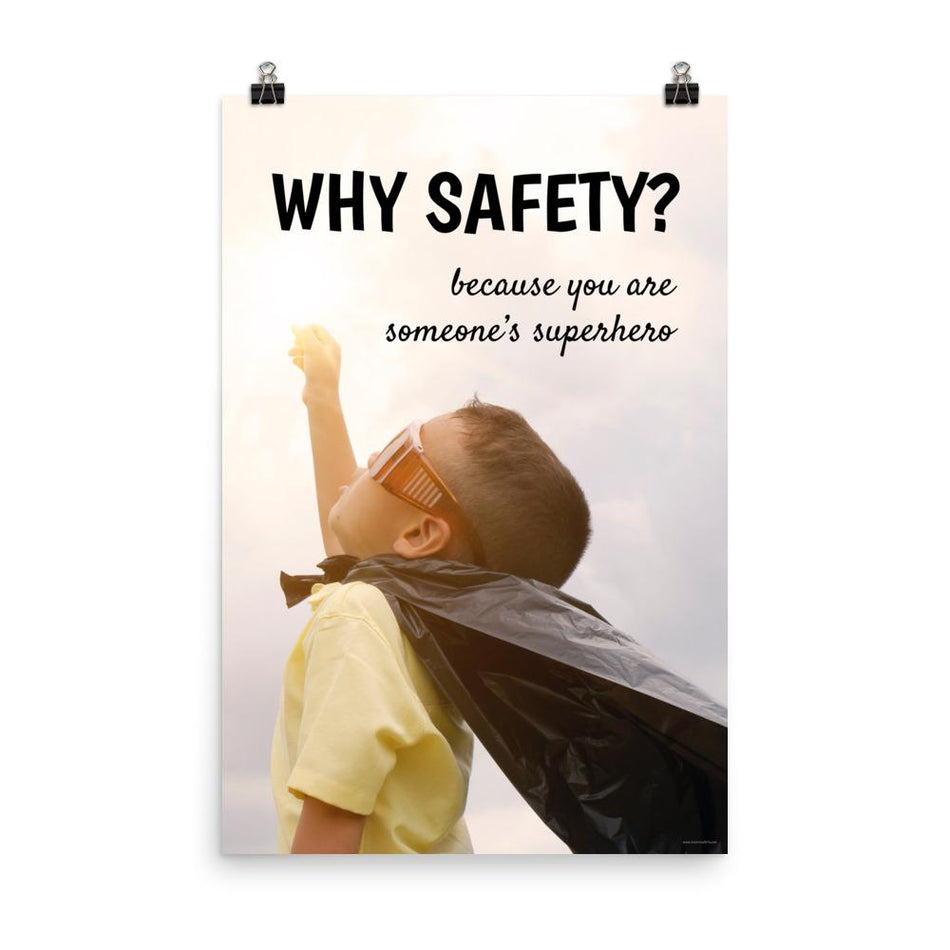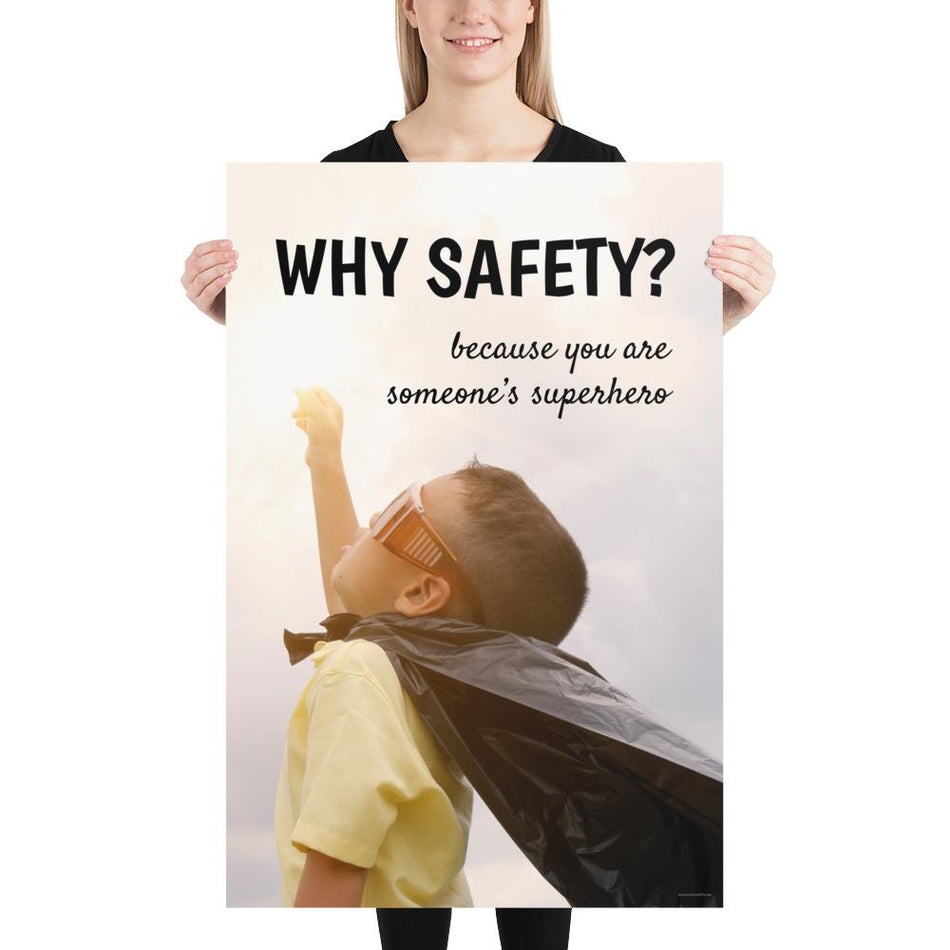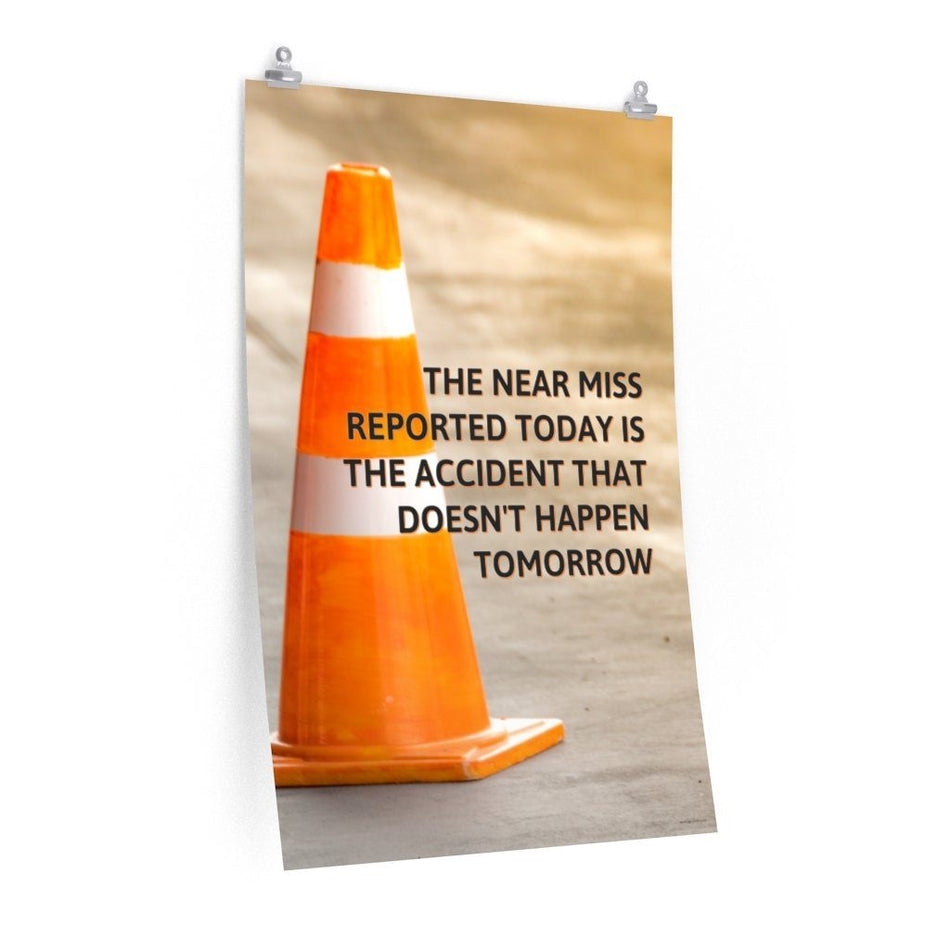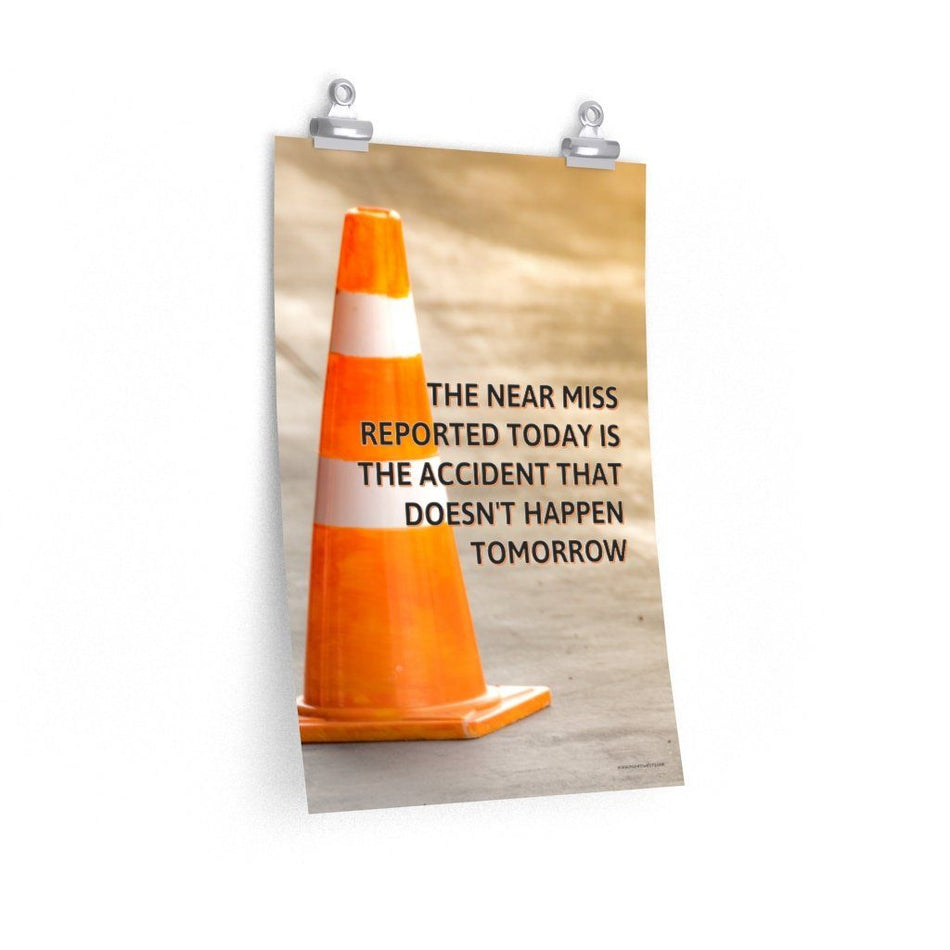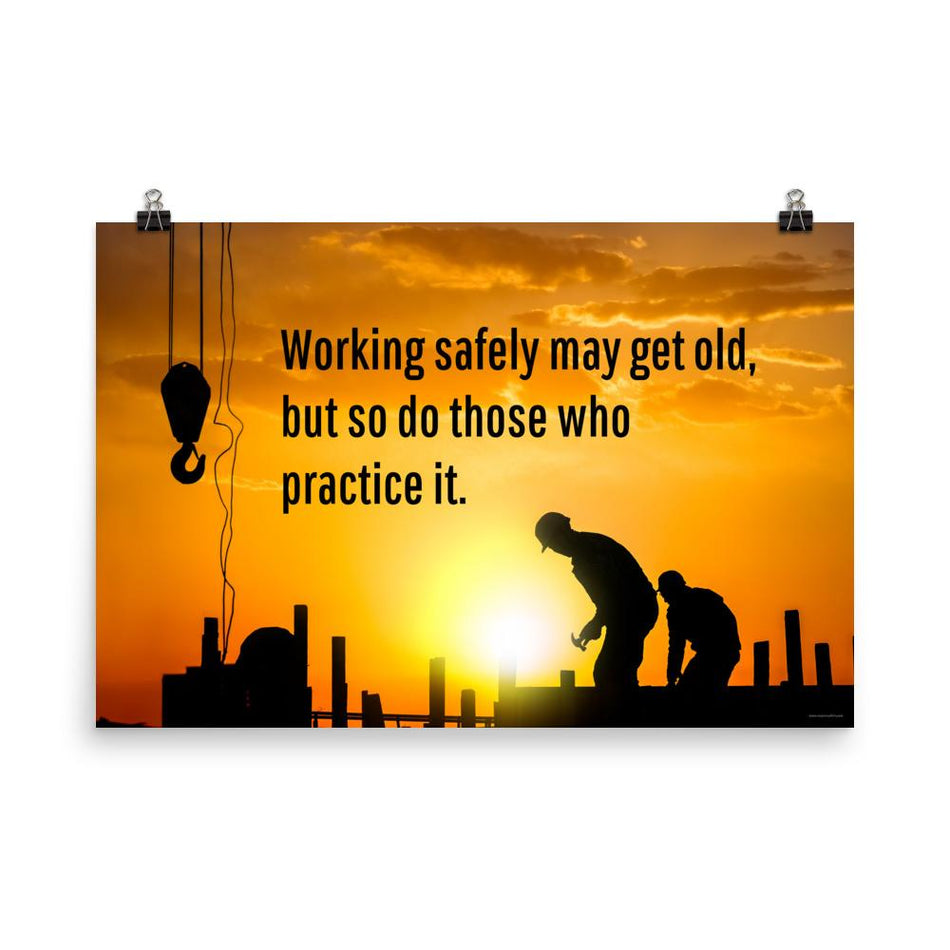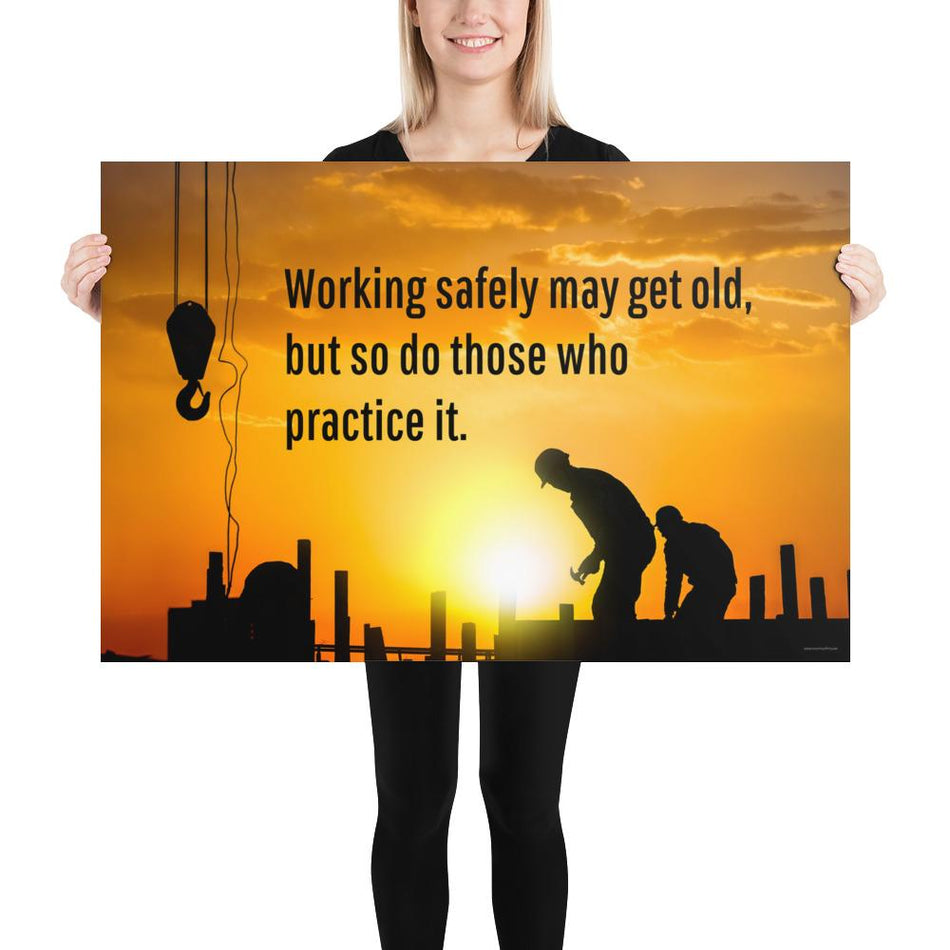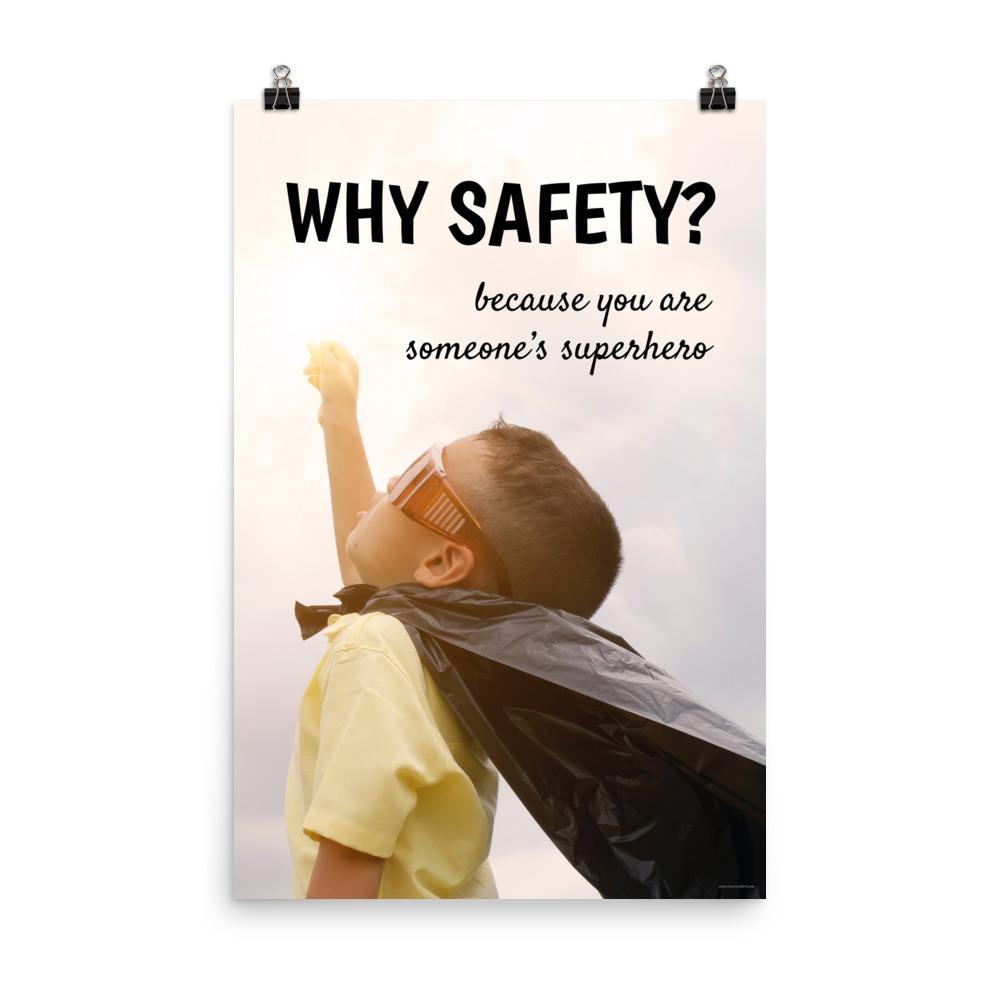Confined spaces may look harmless at first glance, but they can hide serious and sometimes fatal hazards. Every year, workers are injured or killed because they underestimated the dangers of confined spaces or entered them without proper training and precautions. Understanding what confined spaces are, the risks they present, and how to protect yourself is critical to staying safe on the job.
A confined space is any area that meets three conditions:
-
It is large enough for a worker to enter and perform tasks.
-
It has limited or restricted means of entry or exit.
-
It is not designed for continuous human occupancy.
Examples include tanks, silos, pits, utility vaults, pipelines, crawlspaces, storage bins, and sewer tunnels. Even attics or crawlspaces under buildings can qualify as confined spaces if they restrict movement or pose safety risks.
While these spaces often exist in construction, manufacturing, and maintenance work, they appear in many industries, making awareness vital across the workforce.
Not all confined spaces are equally dangerous. Some contain hazards that make them permit-required confined spaces (PRCS). These spaces may include:
-
Hazardous atmospheres (low oxygen, toxic fumes, or explosive gases).
-
The risk of engulfment in liquids, powders, or grains.
-
Inwardly sloping walls or floors that could trap workers.
-
Any other serious safety or health hazards.
Before entry, a written permit must be issued confirming that safety checks have been performed, hazards have been controlled, and rescue procedures are in place. Workers should never enter a permit-required confined space without proper training, authorization, and the right equipment.
One of the greatest dangers of confined spaces is that many hazards are invisible. Workers cannot rely on sight, smell, or sound to detect dangers such as:
-
Low oxygen levels that can cause unconsciousness within minutes.
-
Carbon monoxide, hydrogen sulfide, or other toxic gases that may be odorless but deadly.
-
Flammable vapors that could ignite with a single spark.
For this reason, air quality monitoring is essential. Special gas detectors are used to measure oxygen levels and check for hazardous substances before anyone enters. These devices provide alarms and flashing signals if unsafe conditions are present. Remember: if the air has not been tested, it is not safe.
A confined space without warning labels or obvious hazards is not automatically safe. Workers should always stop and assess the situation before entry. If you suspect an area could be a confined space, notify your supervisor and wait for confirmation. Speaking up can prevent life-threatening accidents.
Equally important, if you see someone about to enter a confined space without authorization or protective equipment, intervene immediately. Raising awareness could save their life.
No worker should enter a confined space without specific training and authorization. Training covers:
-
Recognizing confined space hazards.
-
Using monitoring and testing equipment.
-
Understanding entry permits and procedures.
-
Knowing the roles of attendants, entrants, and supervisors.
-
Learning how to respond in emergencies.
Rescue planning is another vital component. Workers must be familiar with equipment such as harnesses, tripods, and communication systems. Importantly, untrained individuals must never attempt a rescue. Too often, multiple fatalities occur when well-intentioned coworkers rush in unprepared. Only trained rescue teams with the proper equipment should perform confined space rescues.
Common Confined Space Hazards
Confined spaces can present multiple hazards simultaneously, including:
-
Oxygen deficiency – less than 19.5% oxygen can lead to rapid unconsciousness.
-
Toxic gases – substances like hydrogen sulfide or carbon monoxide can be fatal in seconds.
-
Flammable vapors – risk of explosion from fuel vapors, solvents, or gases.
-
Engulfment hazards – drowning or suffocation in liquids, powders, or grain silos.
-
Structural risks – sloping walls, unstable surfaces, or restricted movement that can trap workers.
Because these dangers are not always visible, every confined space should be treated with caution and respect.
To stay safe around confined spaces, remember these critical points:
-
A confined space is any area large enough to enter, with limited entry/exit, and not designed for regular occupancy.
-
Some spaces are so hazardous they require a permit and additional precautions before entry.
-
Invisible dangers such as low oxygen or toxic gases make air testing mandatory.
-
Only trained and authorized workers should enter confined spaces.
-
Never attempt an unplanned rescue—leave it to trained professionals.
Confined spaces are one of the most underestimated hazards in the workplace. By understanding the risks, following safety procedures, and ensuring proper training, workers can prevent accidents and save lives. Always take the time to evaluate the environment, speak up if you notice unsafe practices, and look out for one another.
Your awareness and preparation are the strongest tools for confined space safety—and they ensure that everyone goes home safe at the end of the day.



